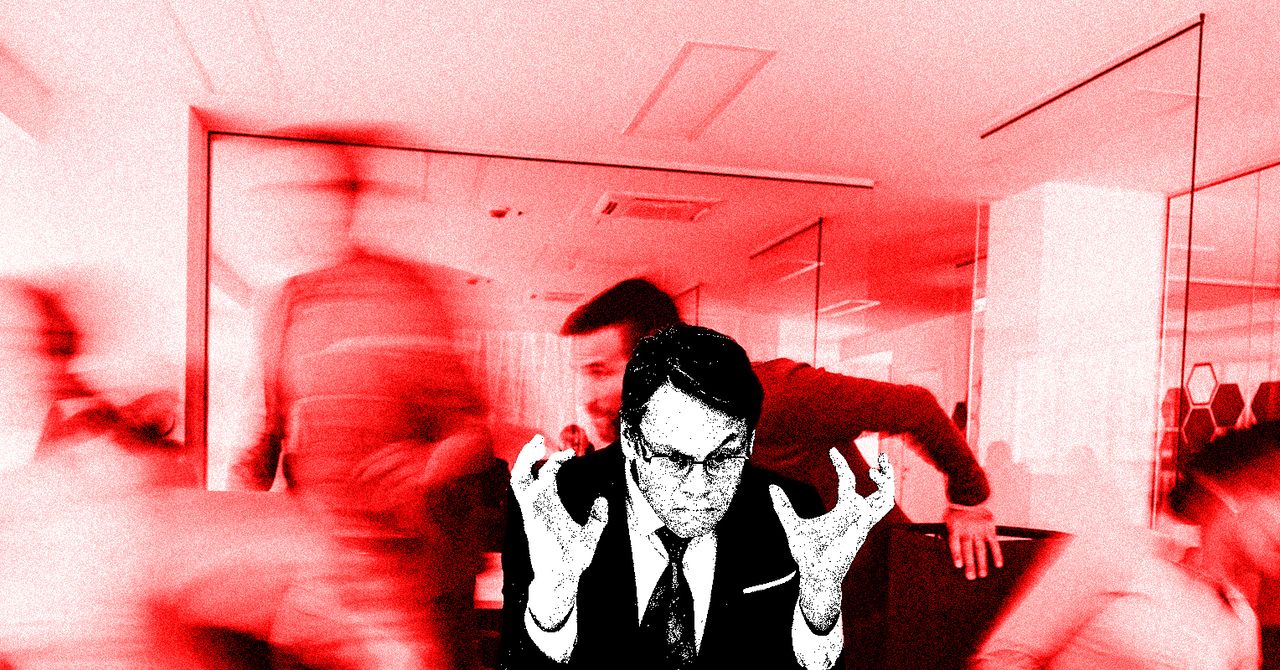
The return-to-office mandate from Donald Trump faces serious issues: the Wi-Fi keeps failing.
A large number of federal employees have reported that the order to return to the office has created widespread disarray, a decline in productivity, and a noticeable decrease in the services offered to the public.
Since President Donald Trump ordered federal employees to return to in-person work, thousands of workers across the United States are facing the challenge of adapting to new commuting routes, office relocations, and a shortage of basic supplies, such as toilet paper and notepads, all while trying to fulfill their job responsibilities. Many of these employees state that, despite traveling long distances, they spend most of their time in virtual meetings. An employee from the Department of Housing and Urban Development mentions, "I don't work directly with anyone in the office I attend. I just show up and connect to the Teams calls."
At the Treasury Department, another worker highlights that most of their time in the office is spent on video calls due to the remote location of their coworkers. This situation presents challenges, as working from a cubicle with distractions means that less work gets done. At the Centers for Disease Control and Prevention, an employee indicates that the focus on return mandates has caused significant chaos for those who actually need to be on campus. "They’re just coming to work to sit in the same virtual meetings as before," they lament.
In recent months, the so-called Department of Government Efficiency (DOGE), led by Elon Musk, has disrupted government dynamics. This, combined with mass layoffs of federal employees and legal cases that forced the reinstatement of some, has led to a state of widespread confusion. Although it has been argued that these measures would encourage increases in productivity and financial savings, over 30 workers from 17 federal agencies report that the return order has resulted in a decline in productivity and a notable decrease in services offered to the public.
The reality for many of these employees is that, despite being in the office, they may not have a suitable place to make phone calls or even a functional internet connection. "The work environment is unpleasant and chaotic," shares an employee from the Department of Defense. "Crying after leaving the office has become part of my routine."
The return to the office has overwhelmed the capacity of federal spaces, with employees facing difficulties just to access them. "We’re in a secure military facility with few access points and not enough security guards. This causes traffic to back up on the road," indicates a DOD worker. Additionally, during the first week back, a Department of Homeland Security (DHS) employee reports that about 40 workers were forced to work in a single room. Such conditions led many to leave during their free time to hold private meetings.
Technological issues have also complicated the return for many federal employees, with internet connections in offices being worse than at home. The implementation of a $1 spending limit on federal credit cards since February has contributed to the lack of supplies, creating even more troubling shortages. An employee from the IRS expresses that there is no soap, toilet paper, or paper towels in their office, and several face connectivity issues.
The pressure to return to the office has negatively impacted the health of many workers. Employees facing chronic health issues report that the exacerbated conditions prevent them from working properly, with symptoms triggered by the non-ergonomic environment. One worker recounts that their carpal tunnel symptoms have returned due to the lack of appropriate furniture in their workspace.
The atmosphere of uncertainty has generated constant concern among employees about the possibility of layoffs. Dark jokes about the situation prevail among workers, who feel they could be fired. "Most of us are waiting to be laid off while everything burns," concludes a Treasury employee.




